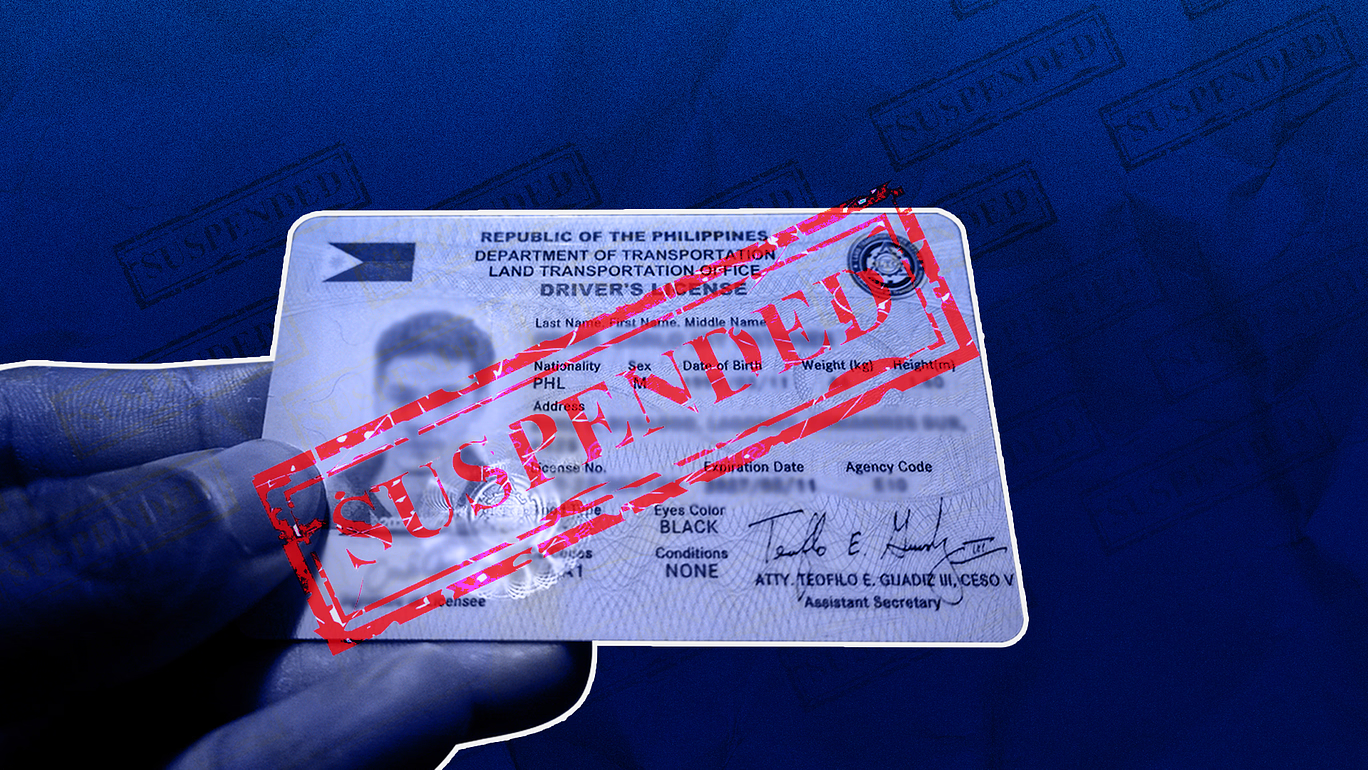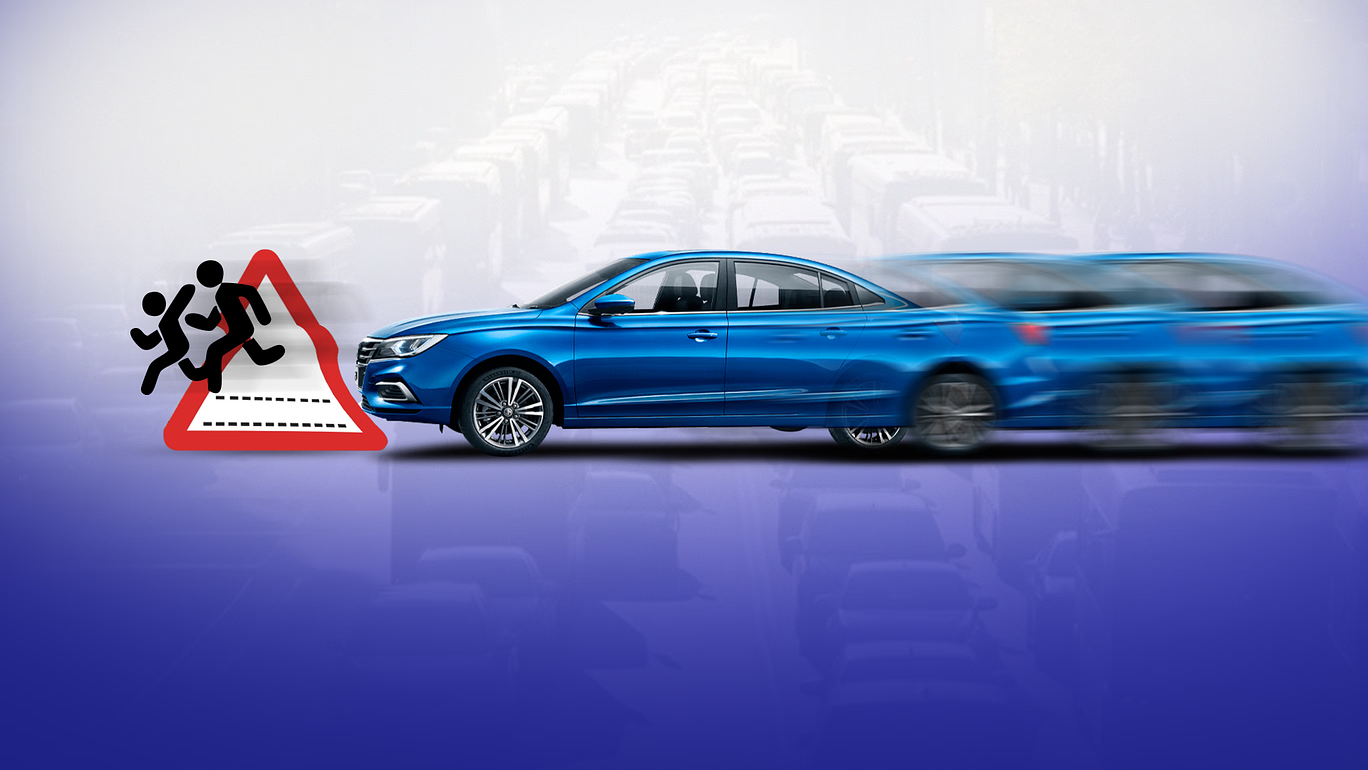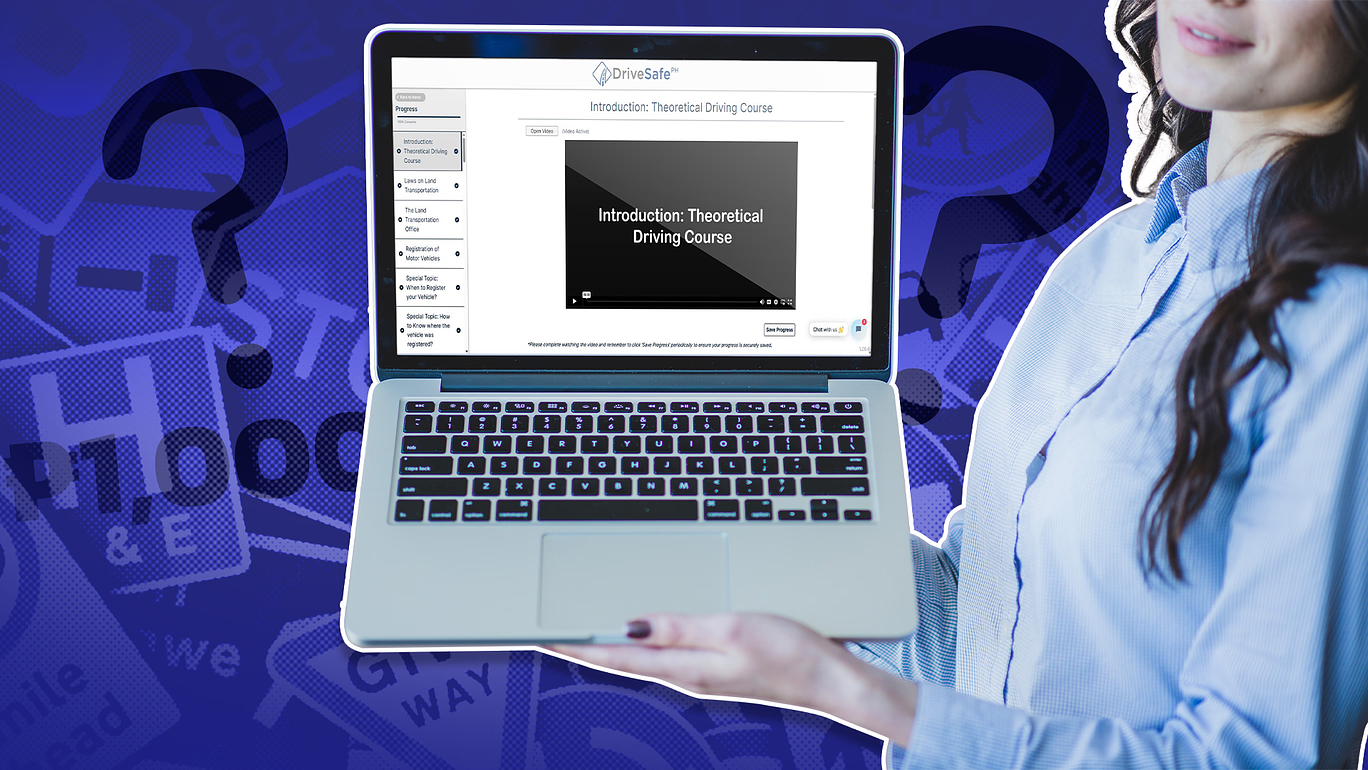Losing your license, even temporarily, affects more than your ability to drive. It disrupts your schedule, delays important errands, and in some cases, costs you your job. But the bigger mistake is not the suspension but not knowing what to do next.
Most drivers don’t realize that the clock doesn’t start ticking on the suspension until you complete specific requirements. If you wait too long to act, you’re only extending the downtime. Here’s how to get back on track.
1. Understand Why You Were Suspended
There’s no one-size-fits-all reason. The Land Transportation Office (LTO) can suspend your license for a variety of violations. These include:
- Driving under the influence
- Reckless or dangerous driving
- Accumulated traffic violations
- Using an expired or fake license
- Failing to settle fines or penalties
In some cases, it could be the result of a pending complaint or a flagged record during a checkpoint. Find out the exact reason. You can refer to the official notice or go directly to the LTO’s law enforcement service for clarification.
If you don’t know the specific violation, you won’t know what steps are required to resolve it. And if you ignore it, the suspension period won’t begin because LTO processes are compliance-based, not automatic.
2. Don’t Drive Until It’s Cleared
This might sound obvious, but it needs to be said: don’t get behind the wheel. Driving with a suspended license is treated as a more serious offense and could lead to longer suspension, hefty fines, or even permanent revocation. In some cases, LTO forwards repeat offenses for criminal prosecution.
Set aside convenience for now. Getting caught driving under suspension turns a fixable issue into a legal nightmare.
3. Clear Your Violations and Penalties
The next step is to settle all your unpaid fines. This may involve:
- Paying through the LTMS Portal or at an LTO branch
- Requesting clearance from the traffic adjudication service
- Getting confirmation that your case is marked as resolved
Keep copies of all receipts and documents. These are not just proof of payment but also a part of your reinstatement package later on.
4. Attend the Required Seminar
The LTO requires suspended drivers to complete a Driver Reorientation Course or a Driver Improvement Program. These seminars are mandatory and must be taken at an accredited driving school or directly through the LTO.
The seminar includes topics like defensive driving, updated traffic laws, and the consequences of repeated violations. You will receive a certificate of completion, which you must submit with your reinstatement request.
If the violation was alcohol- or drug-related, expect an additional medical or psychological evaluation to be required before your license can be reissued.
5. Prepare and Submit Reinstatement Requirements
Once the fines are paid and the seminar is completed, you’re eligible to request license reinstatement. You’ll need to prepare a set of documents, typically including:
- A clearance or Certificate of No Pending Case from LTO
- Your seminar certificate
- Valid government-issued ID
- A notarized affidavit or letter of explanation (in certain cases)
- Medical certificate (if required)
Bring everything to the LTO branch handling your case. Some suspensions require a personal hearing, especially those involving major traffic violations or accidents with injuries. Show up prepared and respectful. These hearings are formal proceedings.
6. Wait for Approval and Clearance
Once your documents are submitted, you’ll need to wait for the LTO’s official clearance to reinstate your license. This can take anywhere from a few days to several weeks, depending on your case and the volume of pending reinstatements.
Some branches will notify you through SMS or email, but it’s better to follow up in person. Be proactive. Don’t assume that just because you submitted everything, the process is finished.
Once cleared, you will receive an endorsement to have your license reprinted and reactivated. Only then are you allowed to legally drive again.
Stay Clear Moving Forward
Many drivers go through suspension once and never again. Others repeat the cycle every few years. What makes the difference is habit.
Keep your license and registration updated. Obey speed limits. Don’t treat violations lightly. And don’t assume that traffic rules are flexible depending on mood, weather, or traffic enforcer leniency because they’re not.
Suspensions may feel like a hassle, but they exist for a reason: to correct behavior that puts lives at risk.
A suspended license doesn’t expire. It stays suspended until you complete the conditions. Time doesn’t run out on its own. The sooner you act, the sooner you recover your driving privileges.
If you’re unsure about any step, speak to your local LTO branch or a reputable driving school. Some even assist with compliance and submission. Just make sure they’re legitimate and accredited.
You already lost time. Don’t lose more by waiting.
For the latest updates on transport policies, road safety measures, and driving education, connect with DriveSafe PH:
✔ Follow us on Facebook for real-time updates: https://www.facebook.com/drivesafeacademy
✔Be a responsible and safe driver—Enroll in our OTDC: https://main.drivesafe.ph/find-driving-school



